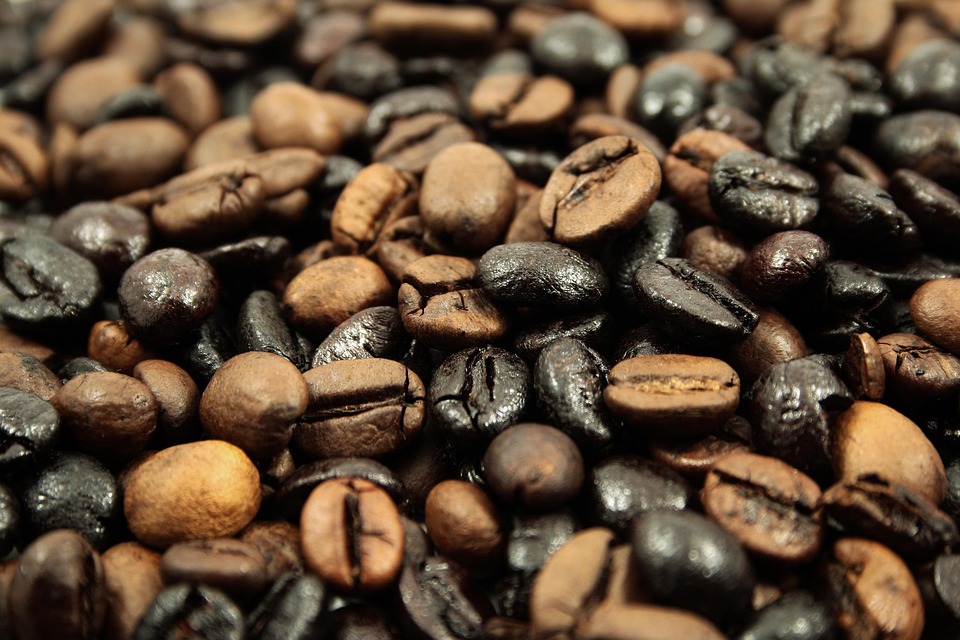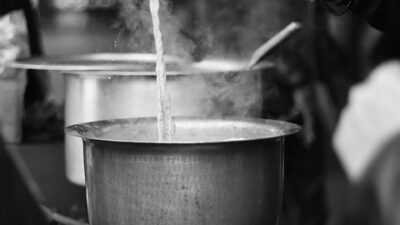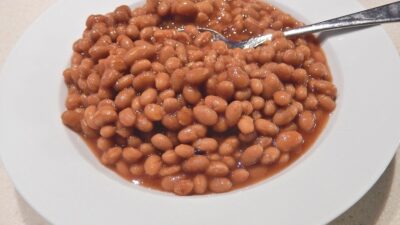Get Fired Up: The Art and Science of Perfect Roasting
Roasting is more than just a cooking method; it’s an art form that transforms humble ingredients into luxurious dishes. Whether you’re roasting vegetables, meats, or even coffee beans, understanding the principles behind roasting can elevate your culinary skills. In this article, we’ll delve into the art and science of perfect roasting, exploring techniques, tips, and the delicious outcomes you can achieve.
The Science of Roasting
At its core, roasting is a dry-heat cooking method that relies on the Maillard reaction and caramelization to create complex flavors and appealing textures. Here’s a closer look at these processes:
-
The Maillard Reaction: This chemical reaction occurs when proteins and sugars are heated together, resulting in rich, brown flavors. It’s responsible for that delightful crust on a roast chicken or the golden edges of roasted vegetables.
-
Caramelization: Unlike the Maillard reaction, which involves proteins, caramelization is the process of sugar breaking down under heat. This reaction produces sweet, nutty flavors and a beautiful color in items like onions and carrots.
- Heat Conduction: When roasting, the heat from the oven envelops the food, causing the outer layers to cook faster than the interior. Understanding how heat moves through food can help you achieve the desired doneness while preserving moisture.
The Art of Roasting
Now that we understand the science, let’s explore the artistry involved in roasting. Here are some key elements to consider:
-
Ingredient Selection: Choose quality ingredients that are in season. Fresh vegetables will have more flavor, while high-quality meats will yield better texture and taste.
-
Preparation: Properly preparing your ingredients is crucial. For vegetables, this may involve cutting them into uniform sizes for even cooking. For meats, a good marinade or dry brine can impart flavor and tenderness.
-
Temperature Control: Roasting typically occurs at high temperatures, usually between 400°F to 450°F (200°C to 230°C). This range is optimal for browning and developing flavors. However, for larger cuts of meat, starting at a high temperature and then reducing it can help ensure even cooking throughout.
-
Spacing: Avoid overcrowding your roasting pan. Allowing space between pieces allows heat to circulate, resulting in even cooking and a better caramelization process.
-
Basting and Flipping: Occasionally turning or basting your food can help achieve an even roast. This is especially important for meats, which benefit from juices being distributed evenly throughout.
- Finishing Touches: After roasting, consider adding a final sprinkle of salt, a drizzle of citrus juice, or a fresh herb garnish to elevate flavors. These finishing touches can add a burst of freshness to richly roasted items.
Tools of the Trade
Investing in the right tools can significantly enhance your roasting experience:
- Roasting Pan: Opt for a heavy-duty pan that can withstand high temperatures. Rimmed baking sheets are great for vegetables.
- Thermometer: A meat thermometer is essential for ensuring meats reach the perfect internal temperature without overcooking.
- Rack: A roasting rack can elevate your meat, allowing the heat to circulate evenly while collecting drippings for sauces or gravies.
Roasting Techniques
Here’s how to apply these principles to different ingredients:
-
Vegetables: Toss seasonal veggies like carrots, Brussels sprouts, or sweet potatoes in olive oil, salt, and herbs. Roast at 425°F (220°C) until caramelized and tender, usually 20-40 minutes depending on size.
-
Meats: For chicken, season it generously and roast at 425°F (220°C) until the internal temperature reaches 165°F (75°C). For beef, aim for 135°F (57°C) for medium-rare, allowing it to rest before serving.
- Nuts and Coffee Beans: Toss nuts with a bit of oil and roast at 350°F (175°C) until golden. Coffee beans benefit from a roast at varying temperatures depending on the desired roast level, typically 400°F (200°C) for medium roast.
The Joy of Roasting
Roasting is not just about technique; it’s also about joy and exploration in the kitchen. The aromas that fill your home as food roasts are inviting and reminiscent of gatherings with family and friends. Perfecting your roasting skills opens a world of culinary possibilities, from simple weeknight dinners to impressive holiday feasts.
So, whether you’re a seasoned chef or a home cook eager to explore, get fired up and embrace the art and science of perfect roasting. Your palate will thank you!



